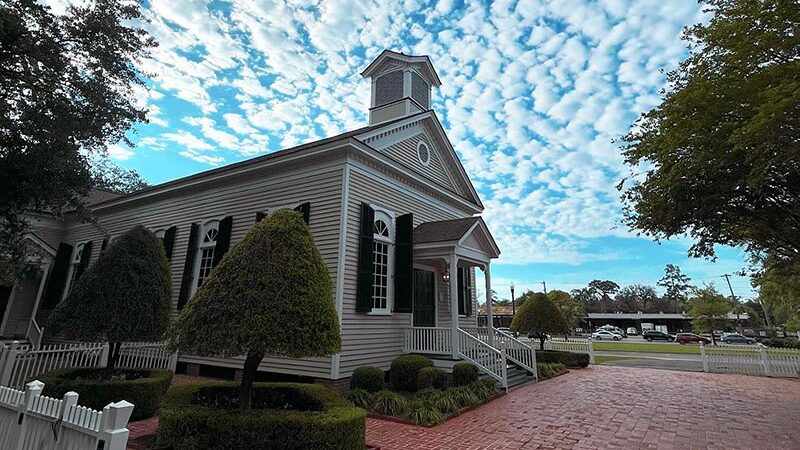In spite of the diversity of worship styles in the Episcopal Church, Holy Eucharist always has the same components and the same shape.
We begin by praising God through song and acknowledging his presence with us. We then listen to two readings from the Bible; usually one is from the Epistles, and there is always a reading from the Gospels.
Next we recite the Nicene Creed, which was written in the Fourth Century and is the Episcopal Church’s statement of belief. Following the Creed there is a sermon or a briefer talk, known as a homily.
The priest then lays the table with the bread and the wine, and the congregation prays together. We pray for the world, the church, the sick, and the departed.
Next, we formally confess our sins before God and one another. This is a corporate statement of what we have done and what we have left undone. The priest then pronounces absolution, which is the assurance that God is always ready to forgive our sins.
Now begins the Eucharistic Prayer, in which the priest tells the story of God’s giving of his son, Jesus Christ, and about the night before his death, on which Jesus instituted the Eucharistic meal — communion — as a continual remembrance of him.
The priest blesses the bread and wine, and the congregation recites the Lord’s Prayer. Finally, the priest breaks the bread and offers it to the congregation, who then come forward to share both the consecrated bread and wine.
All baptized Christians — no matter age or denomination — are welcome to receive communion. Episcopalians invite all baptized people to receive, not because we take the Eucharist lightly, but because we take our baptism so seriously.
Visitors who are not baptized Christians are welcome to come forward during the Communion to receive a blessing from the priest.
At the end of the Eucharist, the congregation prays once more in thanksgiving, sings the Gloria, which is an ancient hymn of praise, and then is dismissed to continue the life of service to God and to the world.

